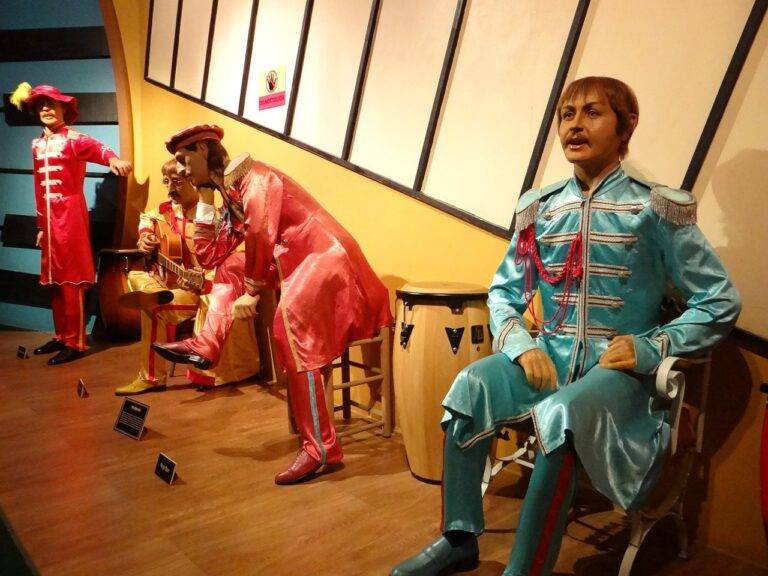The Impact of Virtual Reality on Theme Park Attractions and Immersive Experiences
Theme park attractions have undergone a significant evolution over the years, with technological advancements playing a key role in shaping the experiences offered to visitors. From traditional rides and shows to cutting-edge simulations and interactive experiences, theme parks have continuously pushed the boundaries of entertainment to provide guests with new and exciting experiences.
The evolution of theme park attractions can be seen in the shift from static displays to dynamic storytelling, where visitors are no longer just spectators, but active participants in the immersive environments created by the parks. With the integration of advanced audio-visual effects, animatronics, and interactive elements, theme park attractions have become more engaging and realistic, blurring the lines between fantasy and reality for guests of all ages.
The Rise of Virtual Reality in Theme Parks
Virtual reality (VR) technology has been revolutionizing the theme park industry in recent years. By integrating VR headsets into traditional attractions, theme parks can offer visitors a whole new level of immersion and interactivity. Guests can soar through virtual worlds, battle villains, or embark on thrilling adventures—all without leaving their seats.
The incorporation of VR into theme parks has not only elevated the visitor experience but also allowed parks to reinvigorate existing rides and attractions. By overlaying digital elements onto physical environments, theme parks can transport guests to fantastical realms or historical settings, creating an entirely new dimension of storytelling and entertainment. This blending of real-world settings with virtual content has opened up endless possibilities for creating dynamic and unforgettable experiences for visitors of all ages.
Enhancing Immersive Experiences through VR
When it comes to theme park attractions, the integration of virtual reality (VR) technology has revolutionized the way visitors experience these immersive worlds. By combining VR headsets with physical rides or interactive environments, theme parks are able to transport guests to fantastical realms where their senses are fully engaged. The beauty of VR lies in its ability to create a seamless blend of digital and physical elements, blurring the lines between reality and fiction.
Moreover, the use of VR in theme parks provides an avenue for park designers to constantly innovate and push the boundaries of traditional attractions. With VR, park-goers can be taken on thrilling adventures through time and space or be immersed in interactive storylines that respond to their choices and actions. This dynamic and personalized approach to entertainment ensures that each visit to the theme park is a unique and unforgettable experience for every guest.





